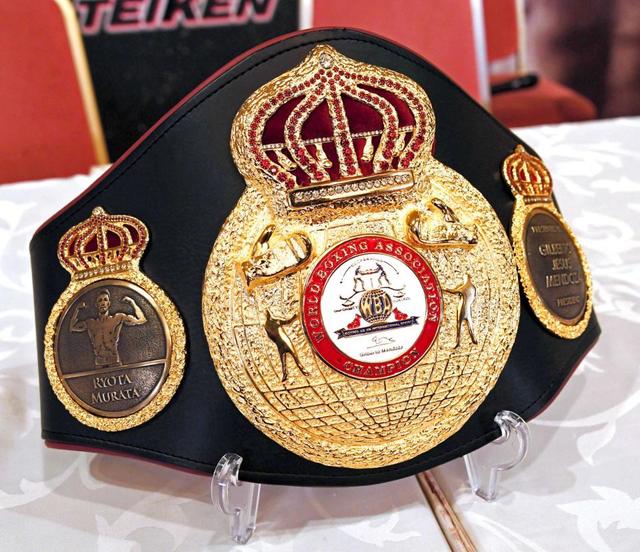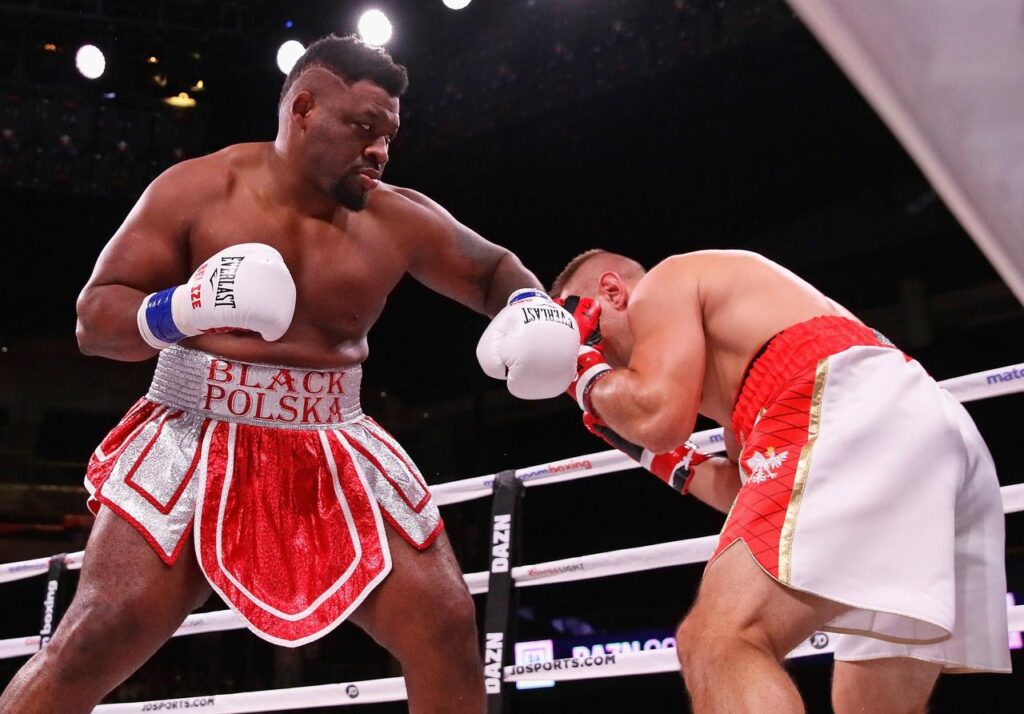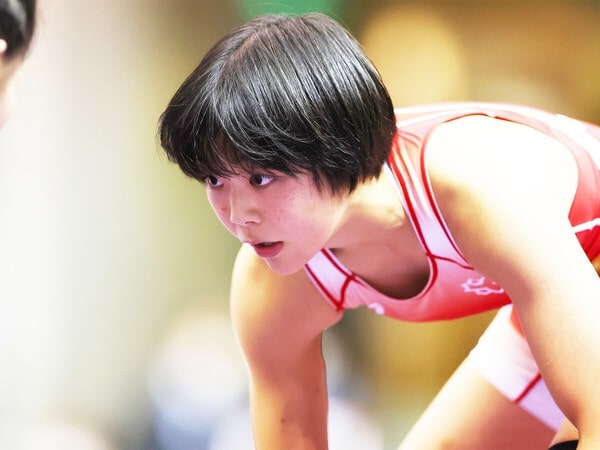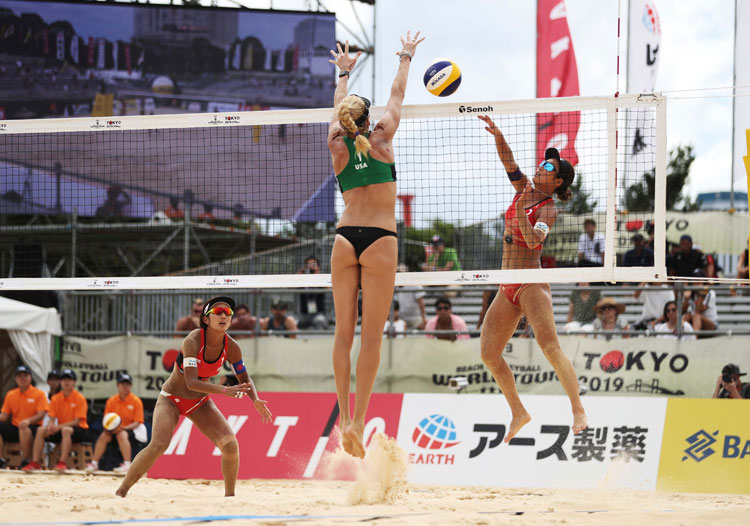
Beach volleyball is more than just a summer sport. It’s the ultimate test of strategy and skill played out on hot sand.
In order to improve in beach volleyball, just practicing is not enough.
It is important to have a proper practice menu and execute it efficiently.
In this article, we’ll cover all the secrets to improve your level of beach volleyball, from basic approaches to practicing beach volleyball, to training you can do at home, and even advanced techniques to improve your performance in matches. Publish.
Before you dive into the world of beach volleyball, check out this guide to pave your way to victory.
目次
- 1 A must-see for beach volleyball beginners! Practice menu starting from the basics
- 2 You can do it at home too! Training to improve beach volleyball
- 3 A strategic approach to improving your beach volleyball skills
- 4 Become a beach volleyball winner! Advanced techniques and exercises
- 5 Beach volleyball practice menu FAQ
- 5.1 Q1: I want to start practicing beach volleyball, but what basic skills should I start with?
- 5.2 Q2: How can I practice beach volleyball at home?
- 5.3 Q3: What is the most important thing in beach volleyball practice?
- 5.4 Q4: How often should I practice to improve my beach volleyball skills?
- 5.5 Q5: What can I do to improve my movement on the sand?
- 6 summary
Mastering the basics of beach volleyball is the first step to success in this sport.
When creating a practice menu for beginners to start from the basics, it should be structured around the following points.
Developing basic skills
-
Basics of ball handling :
- Learn the basic techniques of passing, setting, spiking, and serving.
- Practice controlling the ball and improve your accuracy.
-
Receiving practice :
- Learn the techniques to effectively receive your opponent’s serves and attacks.
- Practice allows you to adapt to balls at different angles and velocities.
-
Foot movements :
- Practice moving efficiently on the sand. Your movements tend to slow down on the sand, so training to improve your speed and balance is important.
Deepening your understanding of the game
-
Learning the rules :
- Understand the basic rules of beach volleyball and understand the flow of the game.
- Also deepen your knowledge of the various scenarios that can occur during a match.
-
Fundamentals of strategy :
- Learn basic tactics and how to find your opponent’s weaknesses.
- Understand the importance of team play and strengthen communication with partners.
-
warm up :
- Do some stretching and light running to warm up your body and prevent injury.
-
Technical drill :
- Focus on practicing specific techniques (passes, sets, spikes, etc.).
-
Situation play :
- Develop your game sense through practice that simulates actual matches.
-
conditioning :
- Incorporate training to improve strength and endurance.
-
cool down :
- At the end of your workout, do a proper cool-down to allow your muscles to recover.
The key to increasing your winning rate in beach volleyball is to thoroughly master basic techniques and deepen your understanding of tactics.
For beginners, it is important to start with the basics, practice steadily, and gradually learn advanced skills and strategies.
Practicing can be monotonous, but you can stay motivated by changing it up and having fun while doing it.
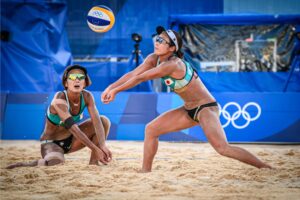
You can do it at home too! Training to improve beach volleyball
Practicing beach volleyball at home is a great way to improve your skills.
There are many exercises you can do at home, especially to improve your movement on the sand.
Here we will introduce training methods that you can do at home to improve your beach volleyball performance.
1. Improving balance ability
- Use a board or balance ball : Playing on sand requires a lot of balance. Stability exercises using a balance ball or board are easy to perform at home. Practicing balance while standing and doing sit-up exercises using a ball are effective.
2. Strengthen your legs and hips
- Squats and lunges : You need strong legs to move effectively on the sand. Do basic muscle training such as squats and lunges on a daily basis to strengthen your lower body muscles.
3. Improving jumping power
- Box Jump : Jumping power is an important factor in beach volleyball. You can increase your jumping power and explosive power by performing box jumps using cardboard boxes or stairs.
4. Shadowplay
- Practice simulating actual movements : “Shadow play”, which simulates beach volleyball movements and performs them without an actual ball, is a good way to check your technique and helps you remember how to use your body. Masu. Performing serves and spikes in the air will also help improve your form.
5. Core training
- Planks and leg raises : A strong core is essential for steady movement and powerful attacks on the sand. Include exercises that strengthen your core, such as planks and leg raises.
6. Increased flexibility
- Stretching : Daily stretching increases flexibility and reduces the risk of injury. Improving flexibility is essential to smoothly perform the movements required for beach volleyball.
These training methods do not require any special equipment and can be easily performed at home.
Do these exercises on a daily basis and aim to improve your beach volleyball performance.
When training, be sure to use proper form and be careful not to get injured.
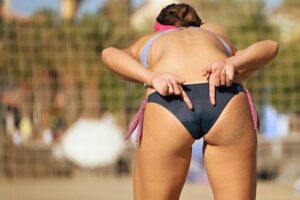
A strategic approach to improving your beach volleyball skills
To improve at beach volleyball, it’s not just about improving your technical skills, it’s also about having a strategic approach.
In order to deepen your understanding of tactics and learn techniques that will actually be useful in matches, the following exercises are effective.
Developing strategic thinking
-
Video analysis : Watch videos of your own play or the matches of top players and analyze their tactical moves, placements, and responses to your opponents. This approach improves situational judgment during matches.
-
Simulation practice : By creating real match-like situations and trying out specific tactics, you’ll deepen your practical understanding, not just theory. For example, how to respond when your opponent makes a strong serve, and how to use cut shots effectively.
Techniques useful in matches
-
Serve Strategy : A powerful serve is an important source of points. It is important to develop a serve strategy, such as finding and targeting your opponent’s weaknesses and mixing in breaking balls.
-
Blocking and Defense : Learn to read your opponent’s attack patterns and learn positioning and timing to effectively block. Also, when defending, the ability to predict the opponent’s attack and quickly change positions is required.
-
Variety of attacks : In addition to spikes, you can use a variety of attacks such as shots and pokies (light touch attacks using your fingertips) to overwhelm your opponent. In particular, the ability to assess the opponent’s placement and movements and aim for open spaces is important.
communication and teamwork
- On-court communication : Practice calling out to your partners and using signs to establish close communication during the game. For example, instantaneous sharing of information such as who will take the ball and the direction of the attack will lead to victory.
Incorporating these strategic approaches and techniques into your practice will greatly improve your performance in beach volleyball matches.
The important thing is to constantly analyze the situation and have the flexibility to respond flexibly. It is also important to refine our tactics through continuous practice and reflection.
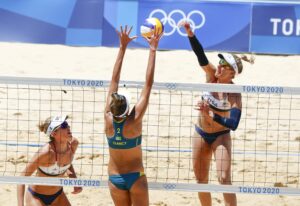
Become a beach volleyball winner! Advanced techniques and exercises
To become an expert at beach volleyball, you need to further improve your technical precision and deepen your tactical knowledge.
Acquiring advanced skills and effective practice methods are essential to improving performance at competitions.
Below are some techniques and exercises for advanced players.
advanced techniques
-
Improving reading and reaction speed
- Develop the ability to predict the next play based on the direction of the opponent’s body, line of sight, and trajectory of the batted ball, and to respond quickly. This is improved through repeated play observation and simulation practice.
-
effective serve strategy
- The technique of further refining jump serves and floater serves and aiming serves in areas where it is difficult for the opponent to receive. Increase the variety of serves and put pressure on your opponent.
-
Accuracy and variety of attacks
- Use a variety of attack methods such as spikes, cut shots, dumps, etc. to toy with your opponent. Outwit blockers and defenders by changing the angle and speed of your attack.
effective practice method
-
target practice
- Practice aiming at specific zones when attacking and acquire accurate ball control. By setting targets in different parts of the court and practicing aiming at them, you will improve the accuracy of your attacks.
-
Situational tactical practice
- We will set up various situations that you may encounter in a real match and practice strategies suitable for them. For example, how to receive when your opponent is a strong server, or how to adjust your play in windy conditions.
-
video analysis
- Analyze videos of your games and practices to find areas for improvement. Also, analyze matches of top players and learn their tactics and techniques.
-
Strengthening physical training
- Physical training specific to beach volleyball will improve your stamina and explosive power. It is important to train to improve your jumping power and strengthen your legs and hips to move smoothly on the sand.
In order to win the tournament, you need to master these advanced techniques and use a strategic approach.
When practicing, it is important to not only focus on the quantity, but also on the quality, and to always aim for self-improvement.
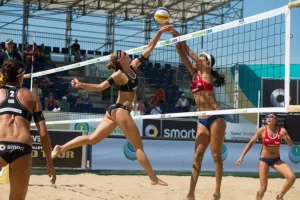
Here are frequently asked questions (FAQ) and answers regarding beach volleyball practice.
These questions answer questions that players of all levels, from beginner to advanced, may have.
Q1: I want to start practicing beach volleyball, but what basic skills should I start with?
A1: In beach volleyball, four basic skills are very important: receive, set, spike, and serve. We recommend starting by mastering these basics and gradually progressing to more complex techniques and tactics.
Q2: How can I practice beach volleyball at home?
A2: Exercises you can do at home include core training, balance training, and squats and lunges to strengthen your legs and hips. It is also effective to practice passes and sets using wall strikes. We also recommend plyometrics to increase your jumping power.
Q3: What is the most important thing in beach volleyball practice?
A3: Consistency and patience. By continuing to practice, you will gradually improve your technique and improve your performance in matches. It is also important to deepen communication with teammates and increase mutual understanding.
Q4: How often should I practice to improve my beach volleyball skills?
A4: Ideally, you should practice 3 to 5 times a week, but please adjust according to your physical strength and schedule. It is important to practice high quality and get adequate rest.
Q5: What can I do to improve my movement on the sand?
A5: To improve your movement on the sand, training to increase the strength of your legs and hips is effective. Also, by practicing actually moving on the sand, you will naturally acquire a sense of balance and how to use your feet. We also recommend drills to improve speed and agility.
These FAQs provide guidance on common questions when approaching beach volleyball practice.
If new questions arise during practice, it is important to consult with a coach or experienced player.
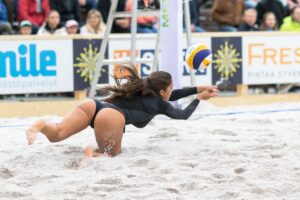
summary
When building a beach volleyball practice menu, it is important to start with the basics.
You need to develop not only technical skills but also tactical understanding.
In order to improve the quality of your practice, it is important to work consistently and consistently, and to take adequate rest.
You can also improve your skills by incorporating training at home.
- Basic skills : Learn the basic techniques of receiving, setting, spiking, and serving in beach volleyball.
- At-home workouts : Increase your practice opportunities by incorporating workouts you can do at home, such as core training and balance training.
- Tactical Approach : Winning matches requires developing a deep tactical understanding and mastering a variety of attacking and serving strategies.
- Advanced Techniques and Practice : Becoming an advanced player requires more advanced skills, such as improved reading and reaction speed, effective serving strategies, and accuracy and variety of attacks.
- FAQ : Provides clear answers to common practice questions. This will help clear up any questions you may have while practicing.
Beach volleyball practice requires strategic thinking as well as specific methods for improving technique.
Assembling an appropriate practice menu according to your level and goals is the shortcut to improving your skills.
And most importantly, enjoy your practice and progress step by step.
